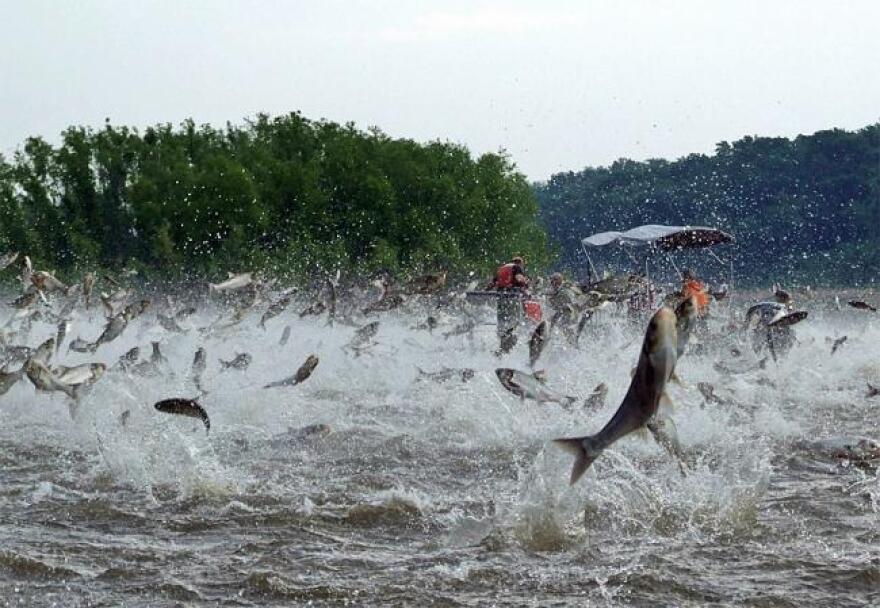Sportfish in the Illinois River are dying younger.
That's the conclusion of a paper released last fall by the Illinois Natural History Survey. Between 1993 and 2017, catch rates for many sportfish species have markedly declined. The losses are most prevalent among older, larger fish.
INHS Field Research Coordinator Levi Solomon is one of the researchers who studied the populations of six species of bass, bluegill, and crappie along the LaGrange stretch of the river, which stretches roughly 80 miles from the Peoria Lock and Dam in the north to the LaGrange Lock and Dam near Quincy.
Of those species, only black crappie are regularly living to age 3. Only yellow bass have seen a jump in catch rates over the two-decade window.
Solomon said this could have a big impact on river towns which rely on fishing tourism.
"If there's less larger ones than there used to be, there's going to be less fishing pressure on those. Because people like to catch fish, and they like to catch the big ones," he said. "If those aren't out there as much as they used to be, there's probably not going to be that much fishing pressure after them."
Most fishermen on the river these days are hunting for catfish.
Solomon said it's easier for scientists to describe what's happening that why it's happening. He said there are a number of factors that could be at work, such as invasive Asian carp eating up the zooplankton young native fish rely upon for sustenance. The carp first began appearing in the river in the late '90s and became pronounced by the early 2000s.
A program that has helped control the population of invasive Asian Carp in one part of the Illinois River may come to Peoria soon. Solomon said commercial fishing upriver from Peoria in the Starved Rock area and parts north have reduced Asian carp numbers by up to 70 percent in those stretches.
"Contracted commercial fishermen go out there, go where they think the fish are, and clean out as many of those Asian carp as they can," he said.
The commercial fishing is part of a broader effort to protect the Great Lakes from the invasive species.
Increased sedimentation in the river also makes the water shallower and takes away wintering habitats for the native fish. Solomon said habitat loss, flooding, and climate change also likely have roles to play.


